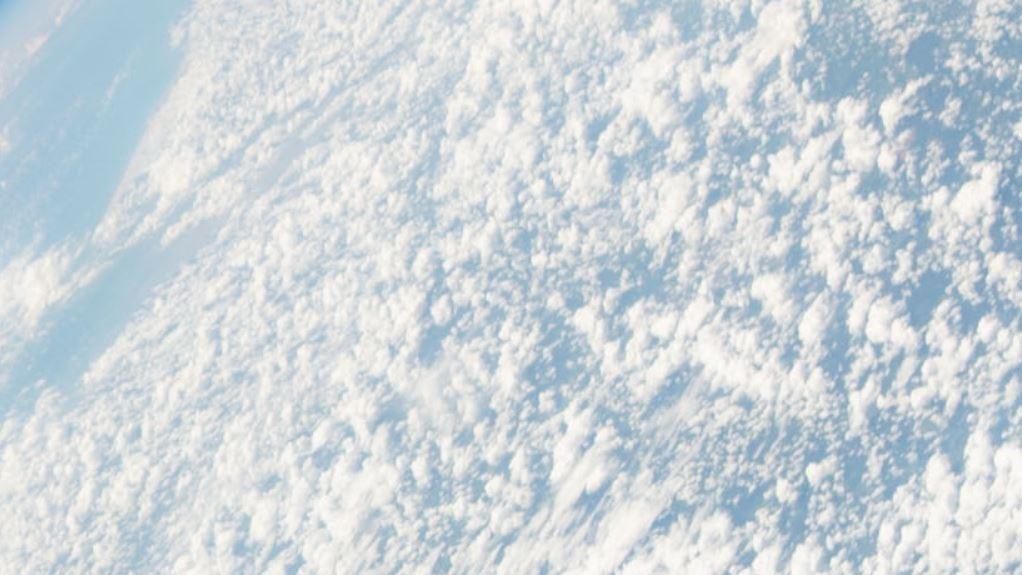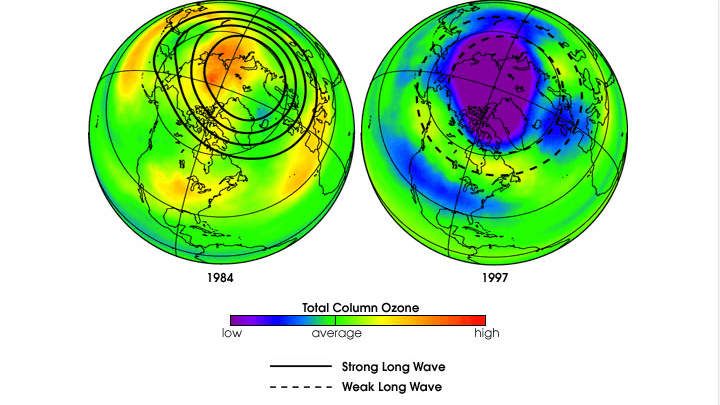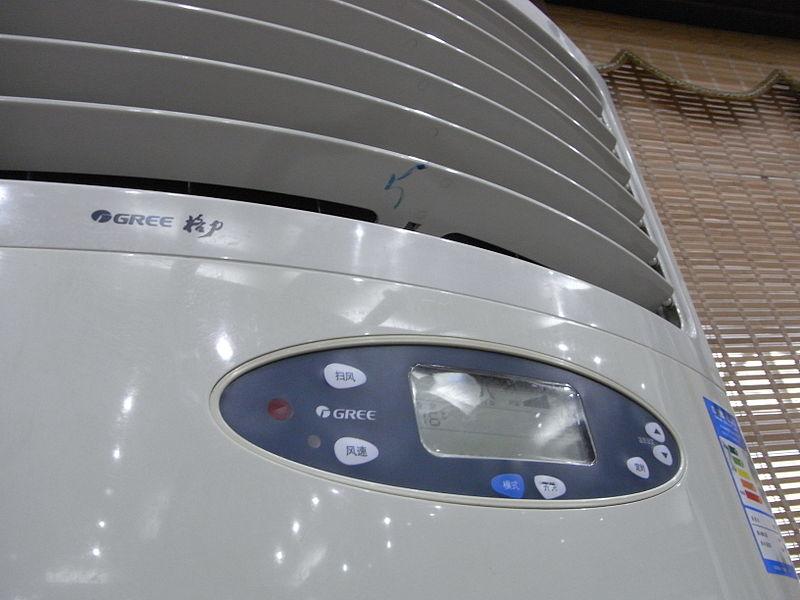Chlorofluorocarbon
Tell us about your experience accessing The World
We want to hear your feedback so we can keep improving our website, theworld.org. Please fill out this quick survey and let us know your thoughts (your answers will be anonymous). Thanks for your time!
Update on Ozone
David Baron examines the current debate over the state of the planet’s thinning ozone layer. Although the hole in our atmosphere continues to grow, scientists say it’s doing so more slowly these days, and the global phaseout of chlorofluorocarbons may have prevented a real disaster. Still, controversy remains about current damage, and most scientists agree […]
We respect your time, attention and privacy
This is The World
Follow The World
Subscribe to The World’s Latest Edition podcast for free using your favorite podcast player:


